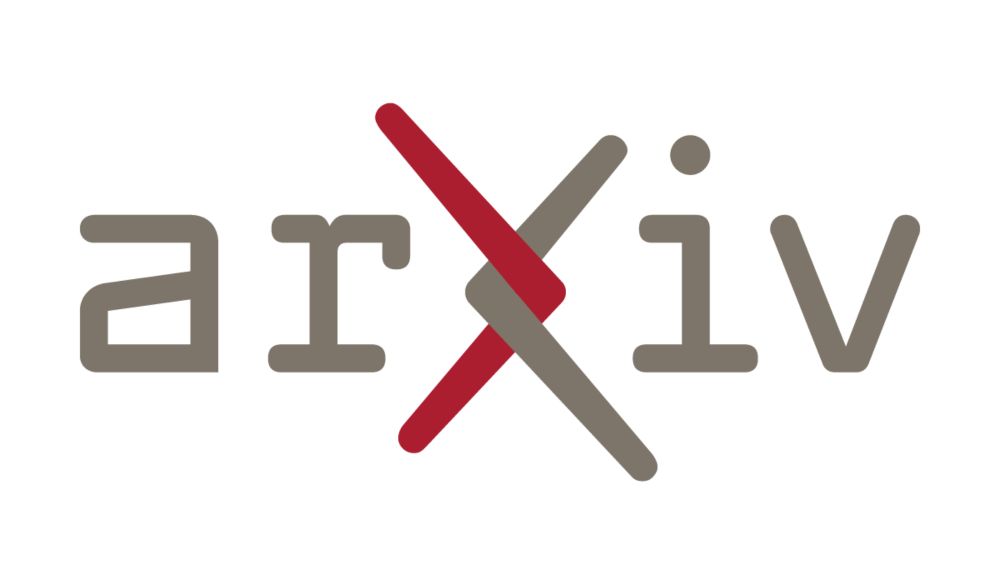Csaba Szepesvari
@skiandsolve.bsky.social
1.2K followers
220 following
92 posts
⛷️ ML Theorist carving equations and mountain trails | 🚴♂️ Biker, Climber, Adventurer | 🧠 Reinforcement Learning: Always seeking higher peaks, steeper walls and better policies.
https://ualberta.ca/~szepesva
Posts
Media
Videos
Starter Packs
Reposted by Csaba Szepesvari
Csaba Szepesvari
@skiandsolve.bsky.social
· Jul 10
Csaba Szepesvari
@skiandsolve.bsky.social
· Jul 10
Csaba Szepesvari
@skiandsolve.bsky.social
· Jul 10
Csaba Szepesvari
@skiandsolve.bsky.social
· Jul 10
Csaba Szepesvari
@skiandsolve.bsky.social
· Jul 10
Csaba Szepesvari
@skiandsolve.bsky.social
· Jul 10
Csaba Szepesvari
@skiandsolve.bsky.social
· Jul 10
Csaba Szepesvari
@skiandsolve.bsky.social
· Mar 20
Csaba Szepesvari
@skiandsolve.bsky.social
· Mar 20
Csaba Szepesvari
@skiandsolve.bsky.social
· Mar 20
Csaba Szepesvari
@skiandsolve.bsky.social
· Mar 20
Csaba Szepesvari
@skiandsolve.bsky.social
· Mar 20
Csaba Szepesvari
@skiandsolve.bsky.social
· Mar 20
Csaba Szepesvari
@skiandsolve.bsky.social
· Mar 20
Reposted by Csaba Szepesvari
Prof Ben Britton
@bmatb.expmicromech.com
· Mar 15
NSERC - Latest News - Launch of the new Harmonized Tri-agency Scholarship and Fellowship programs
As announced in Budget 2024, the scholarship and fellowship programs administered by the three federal research funding agencies – the Canadian Institutes of Health Research (CIHR), the Natural Sciences and Engineering Research Council (NSERC), and the Social Sciences and Humanities Research Council (SSHRC) – have been streamlined into a new harmonized talent program called the Canada Research Training Awards Suite (CRTAS) that will open for applications in summer 2025.
www.nserc-crsng.gc.ca
